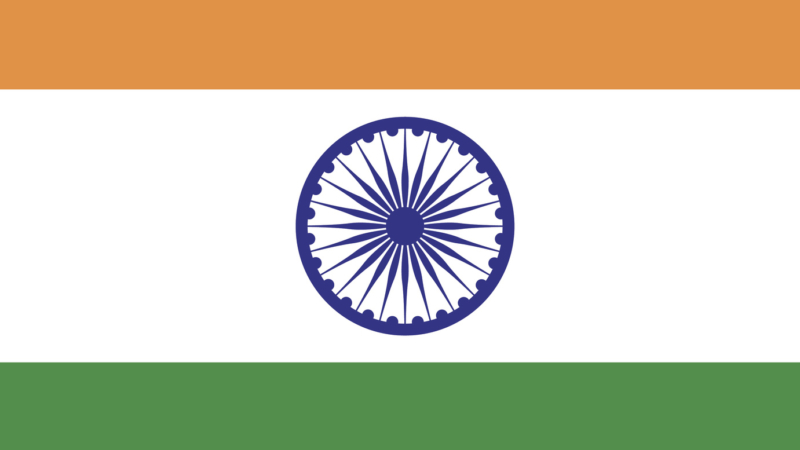New USDA Report Outlines India’s Sugar Subsidies
India’s latest export subsidy scheme blatantly flouts international trade rules, and it’s been receiving lots of attention lately.
Australia, Brazil, and Guatemala have all recently initiated formal proceedings against India under the World Trade Organization’s (WTO) dispute settlement mechanism. Leaders from Alvean, the world’s biggest sugar trader, singled out Indian subsidies for suppressing global prices. And earlier this month, Texas Tech University released a global sugar subsidy handbook that dedicated considerable space to India’s trade-distorting policies.
“India, a long-time sugar importer, is now making an unprecedented move to supplant Brazil as the world’s dominant supplier,” the Texas Tech study’s author noted in a recent column. “Through export subsidies that appear to be WTO-illegal, soft loans, tariffs, and other new policies, India increased production and more than made up for Brazil’s [production] decline.”
Now, the U.S. Department of Agriculture has provided updated insights into India’s extensive array of support programs. Its recently-released annual report about India’s sugar industry outlined several of the country’s subsidies. Among them:
- Financial aid to sugar mills – $566 million
- Subsidies to boost exports – $191 million (with approval to grow to $768 million)
- Costs to run a buffer stock/export program – $171 million
- Subsidies to cover interest payments on loans – $400 million
And that doesn’t even count the $1.5 billion in preferential loans that the report mentioned, which are designed to help India’s industry cope with low prices amid surpluses. Nor does it include India’s ethanol program, which the USDA report says may benefit from proposed aid to improve production capacity.
India also guarantees high prices for sugarcane to boost farm revenue, making it more profitable than other crops and helping to fuel oversupplies.
With such an intricate web of subsidies one would think India’s industry would be flush right now. Wrong. Even with a generous subsidy system, the inefficient sugar industry is struggling. As the USDA observed:
Currently, sugar sold in international markets is selling at more than 33 percent discount to Indian sugar (wholesale), a gap which widened by 9 percent in the last seven months, driven in part by Indian rupee appreciation of 6 percent (relative to USD). Subsidies and supports have not made Indian sugar competitive on international markets.
And don’t expect the price situation to improve in the short term. The USDA report predicts that surplus stocks will reach a record 17 million metric tons in 2019 – that’s about 6 million tons more than the United States consumes in a year.
Clearly, India’s system is broken. It’s time for reform. It’s time for all countries to eliminate the subsidies wrecking the global sugar market. It’s time for a Zero-for-Zero sugar policy that prioritizes business smarts over subsidies.


